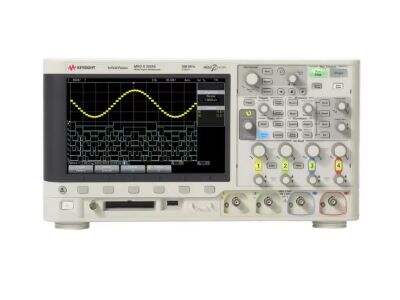Investigating the potential of color in the visualization of signals
Do you ever think about how engineers develop new gadgets and devices that we use in our day-to-day lives? All those cool tablets and smart phones we can’t get enough of are built using designs that involve a whole bunch of wires and circuits to enable them to do all those nifty things.
Changing the way you think about oscilloscopes.
In times past, oscilloscopes presented signals in only one color (predominantly green). Though this was useful, there could be times when it was difficult to distinguish the separate components in the signal. Engineers working on color oscilloscopes can assign one or more colors to various parts of a signal. For instance, they might code the voltage readings red and the time readings blue. This makes it significantly easier to understand what’s happening in the circuit, enabling engineers to design better electronics devices, faster and more efficiently.
Unlocking the power of sophisticated signal analysis methods
Not only are color oscilloscopes more pleasing to look at and use with typical signals that span into multiple MHz for example, they offer the possibilities to perform advanced signal analysis. These are tools that engineers can use to quantify different attributes of the signal, such as frequency and amplitude, with a greater level of precision. If you use a bit of color to pinpoint specific sections of the signal, the engineer can easily see where problems may exist or why version 3.7 of the circuit design has more anomalies than version 3.6, etc. This is a way to make sure that there are no hiccups or crashes when the product is completed.
Improving the accuracy and clarity of electronic measurements
The main advantage of color oscilloscopes is the improved accuracy and clarity of electronic measurements. Engineers can distinguish between different parts of the signals by using different colors. This will allow them to take precise measurements and pinpoint any flaws in the circuit design. By using color oscilloscopes, engineers can work faster and with confidence, given that they have a clear and accurate representation of the signals they are analyzing.






